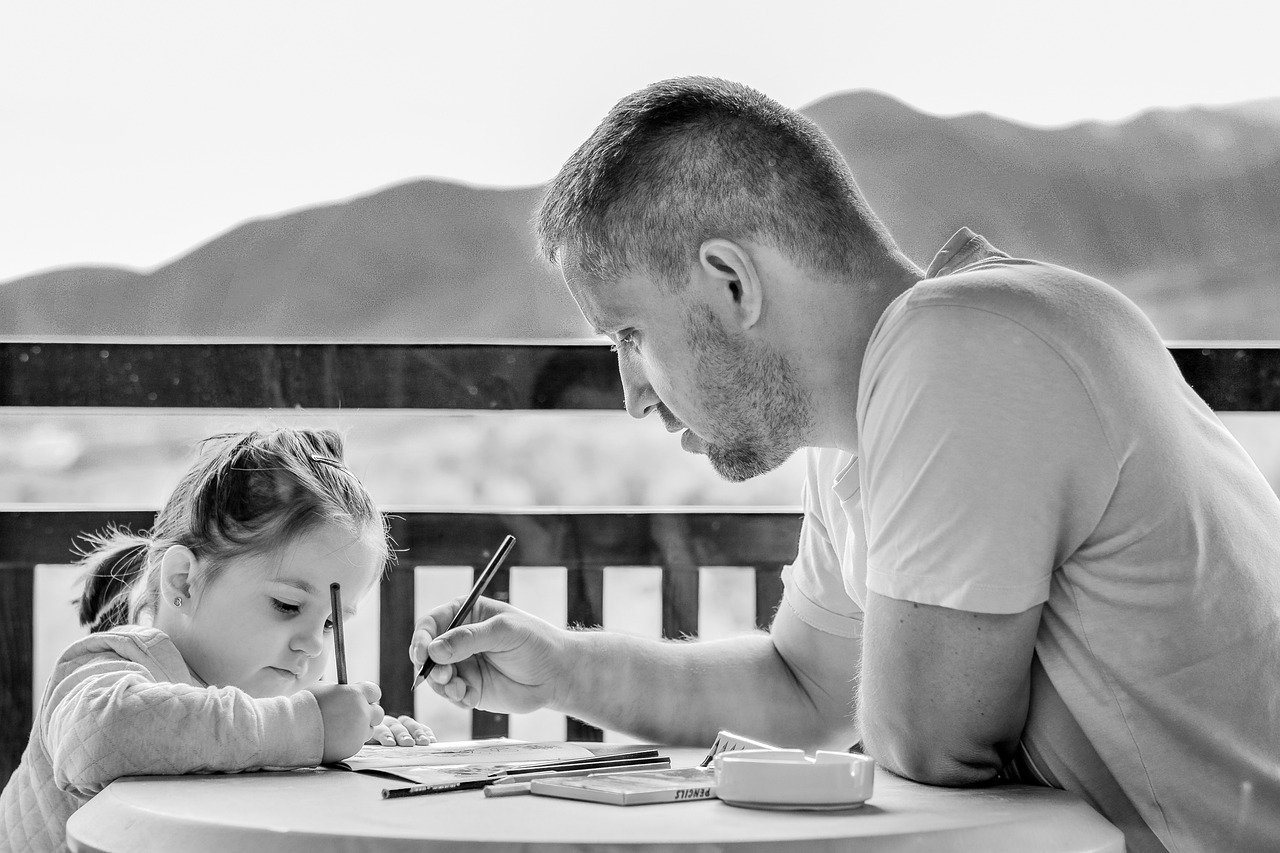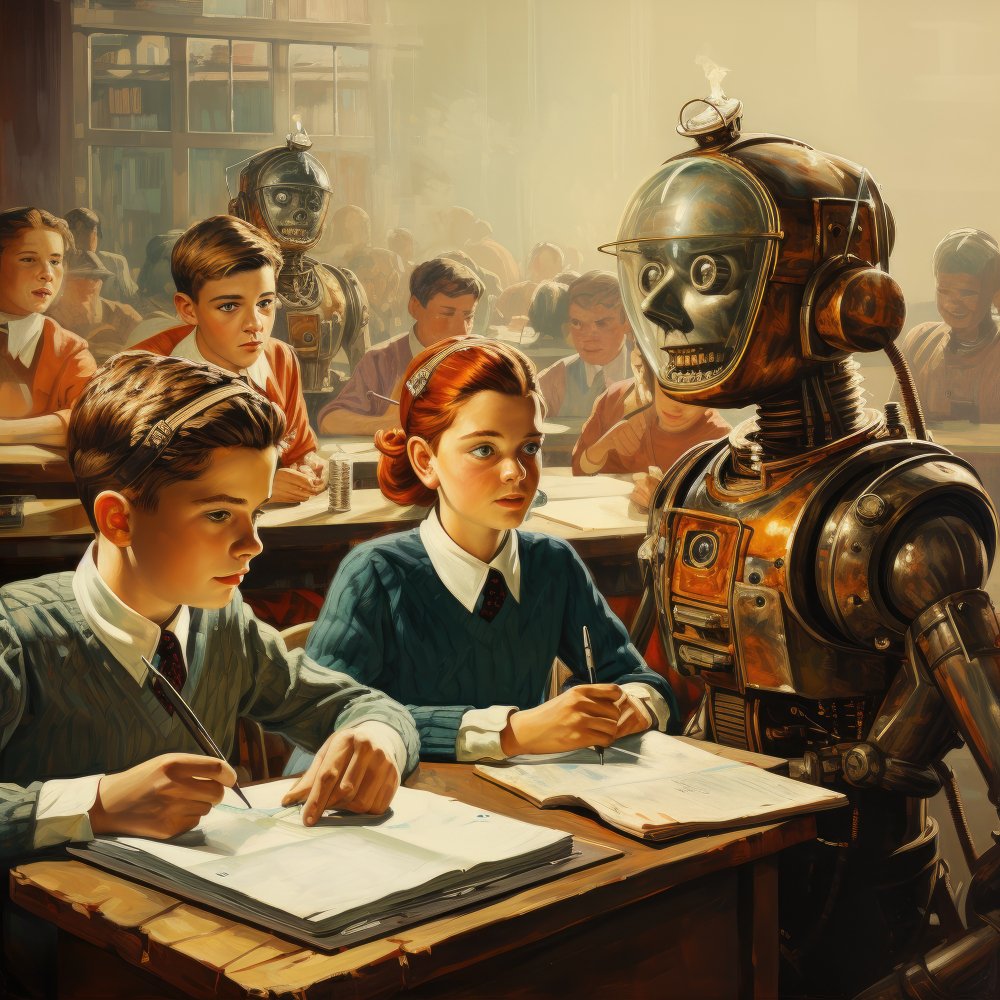Your Topics | Multiple Stories: Teaching Historical Events Through Intersecting Stories. History, often regarded as a series of disconnected events, can come alive when educators utilize intersecting storylines to teach historical events. This method connects multiple narratives, offering a multifaceted understanding of past events. Your Topics | Multiple Stories explores how this approach creates engaging, relatable, and thought-provoking lessons that resonate deeply with students.
What Are Intersecting Stories in Historical Teaching?
Intersecting stories involve weaving together various perspectives, experiences, and events that overlap or influence one another within a historical context. For example, the American Civil Rights Movement can be taught by combining narratives of activists, policymakers, ordinary citizens, and opposing forces. By doing so, students see history as a dynamic interplay of actions and reactions rather than isolated occurrences.
Also, explore Your Topics | Multiple Stories: Using Flashbacks and Nonlinear Structures to Enhance Your Stories
Why Use Intersecting Stories in History Education?
- Promotes Critical Thinking:
Examining multiple narratives encourages students to analyze the causes and consequences of events from different angles. - Enhances Relatability:
Personal stories and smaller narratives within larger events help students connect emotionally with historical figures and their struggles. - Reflects Complexity:
History is rarely black and white. Intersecting stories illustrate the complexity of decisions, motivations, and consequences, offering a more nuanced understanding. - Encourages Empathy:
Learning about diverse experiences fosters empathy, helping students appreciate the impact of historical events on various groups and individuals.
Your Topics | Multiple Stories highlights these benefits as transformative tools in history education.
Examples of Teaching Historical Events Through Intersecting Stories
- World War II:
Instead of solely focusing on military strategies, educators can combine narratives of soldiers, civilians, resistance fighters, and political leaders. Personal diaries, letters, and memoirs bring authenticity to these stories. - The Industrial Revolution:
Teaching this period through intersecting stories of factory workers, entrepreneurs, inventors, and reformers reveals the societal shifts and challenges of the era. - India’s Independence Movement:
Combining the stories of leaders like Mahatma Gandhi with grassroots movements, women’s contributions, and the role of marginalized communities presents a holistic view of the struggle. - The Civil Rights Movement:
Juxtaposing narratives of prominent leaders, grassroots organizers, and opposition figures offers students a deeper understanding of the complexities of the movement.
Techniques for Using Intersecting Stories in Classrooms
- Primary Sources:
Diaries, letters, photographs, and newspapers allow students to explore firsthand accounts, making history tangible and relatable. - Role-Playing:
Assigning students roles based on historical figures or groups encourages them to immerse themselves in different perspectives. - Project-Based Learning:
Creating group projects that combine multiple narratives, such as a multimedia presentation or a class mural, fosters collaboration and deeper engagement. - Interactive Timelines:
Developing timelines that include intersecting events and stories helps students visualize connections across time and place. - Discussion and Debate:
Hosting debates or discussions where students represent different perspectives on a historical event develops analytical skills and empathy.
Your Topics | Multiple Stories emphasizes the importance of these interactive and engaging methods in enriching history education.
Benefits of Teaching History Through Intersecting Stories
- Deeper Understanding:
Students gain a comprehensive grasp of historical events, seeing how different narratives intertwine to shape the outcomes. - Improved Retention:
Stories stick in the mind far better than dates and facts. When students can associate historical events with vivid narratives, they retain information more effectively. - Enhanced Inclusivity:
Including diverse voices ensures that history education represents all groups, promoting equity and inclusivity. - Lifelong Skills:
Analyzing intersecting narratives teaches critical thinking, research, and communication skills applicable beyond the classroom.
Your Topics | Multiple Stories underscores that these benefits not only enhance academic outcomes but also prepare students for informed citizenship.
Challenges and Solutions in Using Intersecting Stories
- Time Constraints:
Covering multiple narratives can be time-intensive. Teachers can address this by focusing on key intersections that illustrate the most critical aspects of an event. - Complexity for Younger Students:
Simplifying intersecting stories for younger learners through visuals, storytelling, or guided discussions ensures accessibility without losing depth. - Resource Availability:
Access to diverse and reliable primary sources can be limited. Collaborating with libraries, museums, and online archives can help bridge this gap. - Balancing Perspectives:
While exploring diverse narratives, it’s crucial to present them with historical accuracy and fairness, avoiding bias or oversimplification.
By addressing these challenges, educators can fully harness the potential of intersecting stories in history lessons, as advocated by Your Topics | Multiple Stories.
Conclusion On Your Topics | Multiple Stories: Teaching Historical Events Through Intersecting Stories
Your Topics | Multiple Stories: Teaching Historical Events Through Intersecting Stories illustrates the transformative impact of this teaching approach. By weaving multiple narratives into the fabric of historical education, students gain a richer, more engaging understanding of the past. This method not only brings history to life but also fosters critical thinking, empathy, and a lifelong appreciation for the complexities of human experience.
As educators continue to explore innovative strategies, Your Topics | Multiple Stories serves as a beacon for creating dynamic and inclusive history lessons that inspire and educate future generations. Through intersecting stories, history becomes not just a record of the past but a vibrant tapestry of human endeavor and resilience.



